
collonge la rouge |
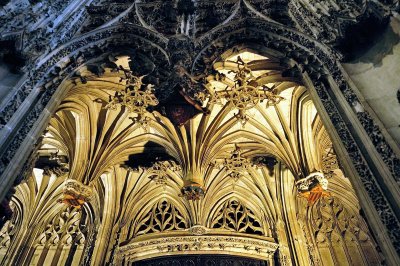
cathedrale d Albi |
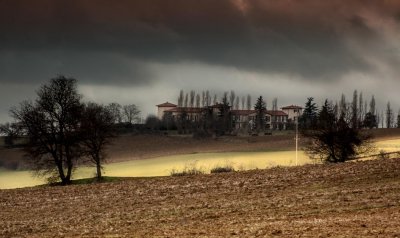
campagne albigeoise |
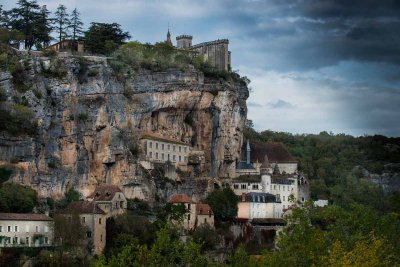
rocamadour |
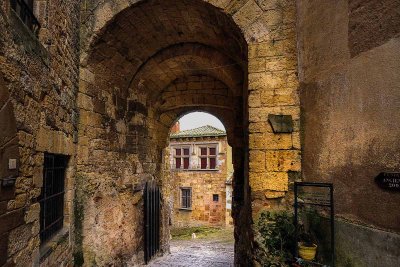
Cordes sur cielCordes-sur-Ciel (Occitan: Còrdas) is a commune in the Tarn department in southern France.
The fortified town was built in 1222 by Raimon VII, the Count of Toulouse, who, though not a Cathar himself, tolerated the heresy. The village is now a popular tourist spot. Until recently the town's name was Cordes, a word thought to come from the Indo-European root "corte" meaning "rocky heights." |
![Albi Cathedral, formally the Cathedral of Saint Cecilia (French: Cathédrale Sainte-Cécile d'Albi), is the most important religious building in Albi, southern France, and the seat of the Archbishop of Albi (in full, Albi-Castres-Lavaur). First built as a fortress begun in 1287 and under construction for 200 years, it is claimed to be the largest brick building in the world.[1]
In 2010 the cathedral was designated a UNESCO World Heritage Site.](https://a4.pbase.com/g2/33/511133/3/147914190.ZImdI3Ga.jpg)
albi cathedraleAlbi Cathedral, formally the Cathedral of Saint Cecilia (French: Cathédrale Sainte-Cécile d'Albi), is the most important religious building in Albi, southern France, and the seat of the Archbishop of Albi (in full, Albi-Castres-Lavaur). First built as a fortress begun in 1287 and under construction for 200 years, it is claimed to be the largest brick building in the world.[1]
In 2010 the cathedral was designated a UNESCO World Heritage Site. |
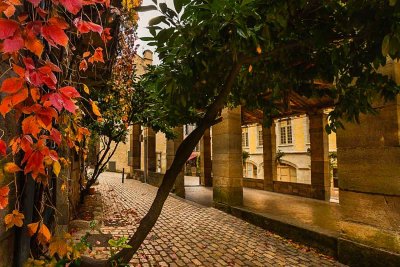
Saint antonin (pays cathare) Les Halles In 1227 St Louis occupied Saint-Antonin which at this point enjoyed great wealth. The town was besieged and taken by the English in the 14th century, and subsequently suffered considerable damage in the Wars of Religion in the late 16th and again in the early 17th century (former Cathar lands tending towards a Protestantism which survives to this day, for there is a Protestant 'temple' in Saint-Antonin), when the collegiate church and the saintly relics were destroyed by anti-Catholic mobs. It was presumably after the restoration of Catholicism in the town that the corbels were placed on houses without risk of destruction. It was at this time that Louis XIV renamed the town Saint-Antonin-Noble-Val and financed important improvements. |
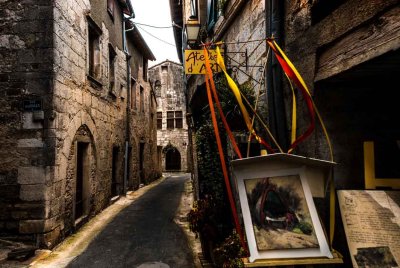
Saint antonin (pays cathare) |

cathedrale d Albi |

Puylaurens,ville cathare
* En 1209, début de la croisade des Albigeois.
En juillet 1464, par ses lettres patentes, le roi Louis XI (1423-1483) autorisa trois foires annuelles par an, en confirmant les privilèges de la ville attribuées par ses prédécesseurs |
![Albi (French pronunciation: [al.bi]; Occitan: Albi is a commune in southern France. It is the prefecture of the Tarn department. It is located on the River Tarn, c. 85 km northeast of Toulouse. Its inhabitants are called Albigensians (French: Albigeois, Albigeoise(s), . It was the seat of the Archbishop of Albi and is the seat of the Diocese of Albi. The episcopal city, situated in the center of the actual city, around the cathedral, was added to the UNESCO list of World Heritage Sites in 2010](https://a4.pbase.com/g4/33/511133/3/141113653.oUyGhMSk.jpg)
AlbiAlbi (French pronunciation: [al.bi]; Occitan: Albi is a commune in southern France. It is the prefecture of the Tarn department. It is located on the River Tarn, c. 85 km northeast of Toulouse. Its inhabitants are called Albigensians (French: Albigeois, Albigeoise(s), . It was the seat of the Archbishop of Albi and is the seat of the Diocese of Albi. The episcopal city, situated in the center of the actual city, around the cathedral, was added to the UNESCO list of World Heritage Sites in 2010 |
![Albi Cathedral, formally the Cathedral of Saint Cecilia (French: Cathédrale Sainte-Cécile d'Albi), is the most important religious building in Albi, southern France, and the seat of the Archbishop of Albi (in full, Albi-Castres-Lavaur). First built as a fortress begun in 1287 and under construction for 200 years, it is claimed to be the largest brick building in the world.[1]
In 2010 the cathedral was designated a UNESCO World Heritage Site.](https://a4.pbase.com/g4/33/511133/3/141036577.XcDMK0WB.jpg)
cathédrale d'AlbiAlbi Cathedral, formally the Cathedral of Saint Cecilia (French: Cathédrale Sainte-Cécile d'Albi), is the most important religious building in Albi, southern France, and the seat of the Archbishop of Albi (in full, Albi-Castres-Lavaur). First built as a fortress begun in 1287 and under construction for 200 years, it is claimed to be the largest brick building in the world.[1]
In 2010 the cathedral was designated a UNESCO World Heritage Site. |

Cathédrale d'Albi |
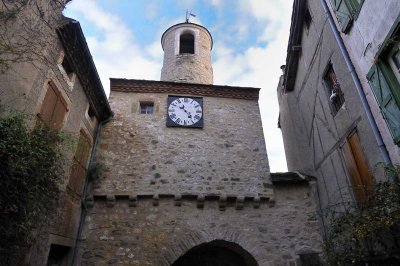
Village cathare de Cordes sur Ciel(Tarn) |

place santas garbasLes « Santas Garbas » étaient les premières gerbes de la moisson, qu'on venait déposer ,en offrande à un oratoire dressé au pied d'un orme, sur une petite place triangulaire où se rejoignaient les rues qui venaient de la cathédrale St Etienne |

rue Perchepinte
Ce nom pittoresque, la rue Perchepinte le doit à la petite place où elle prend naissance: c'était au XIVe siècle la place des Bouchers, mais on l'appelait aussi place du Puits doux, , avant d'en faire au XVe siècle la place de la Perge-pinte., c'est.à.dire de la Perche peinte. Il s'agit vraisemblablement de la perche basculante qui servait à puiser l'eau du, «puits doux ). |
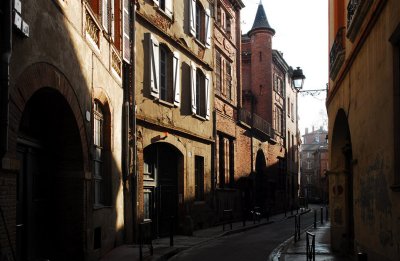
rue tolosane |

rue perchepinte |

La dalbadeL'église actuelle, qui est la quatrième édifiée en ce lieu, a conservé le nom de la première, celle du XIe siècle: « Notre-Dame de l'église blanche », «de ecclesia albata », devenue « de albata» tout court, et francisée en « Dalbade » |

La dalbade |
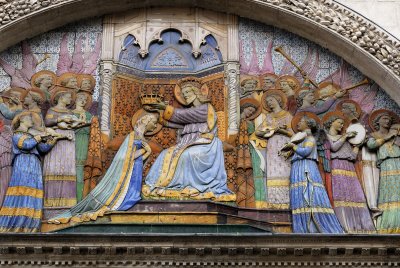
fronton de l'église |

rue tolosane |
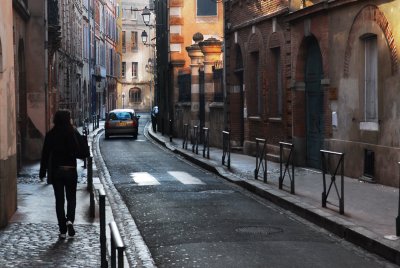
rues tolosanes |
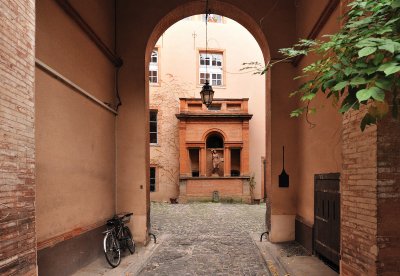
promenade à toulouse |

gothique_rue perchepinte La rue Perchepinte a la chance d'avoir vu restaurer, assez récemment, quatre façades à corondages des Xve ou XVIe siècles, les nos 5, 7, 9 et 13. Un remarquable travail de réhabilitation, qui met en valeur la porte gothique en bois du no 7, où habita le chevalier Raymond de Pechbusque, quatre fois capitoul au xve siècle. |
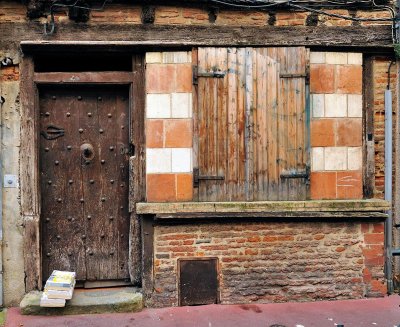
gothique La rue Perchepinte a la chance d'avoir vu restaurer, assez récemment, quatre façades à corondages des Xve ou XVIe siècles, les nos 5, 7, 9 et 13. Un remarquable travail de réhabilitation, qui met en valeur la porte gothique en bois du no 7, où habita le chevalier Raymond de Pechbusque, quatre fois capitoul de Toulouse au xve siècle. |
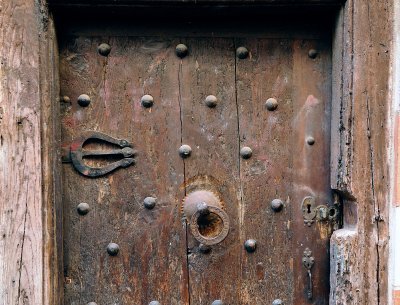
Novembre_à toulouse La rue Perchepinte a la chance d'avoir vu restaurer, assez récemment, quatre façades à corondages des Xve ou XVIe siècles, les nos 5, 7, 9 et 13. Un remarquable travail de réhabilitation, qui met en valeur la porte gothique en bois du no 7, où habita le chevalier Raymond de Pechbusque, quatre fois capitoul au xve siècle. |

à toulouse |
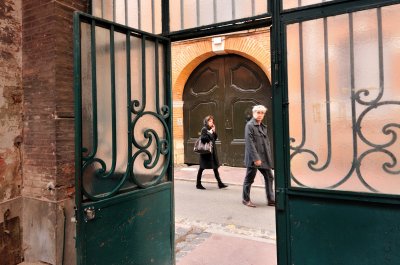
rue Velane |
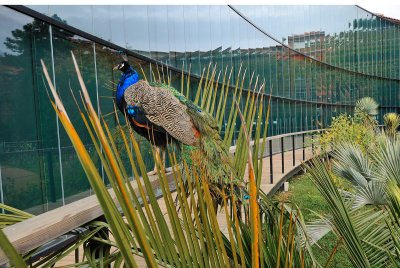
museum histoire naturelleIl ne faut pas trop compter sur Dieu, mais peut-être que Dieu compte sur nous...
louis Pauwels |
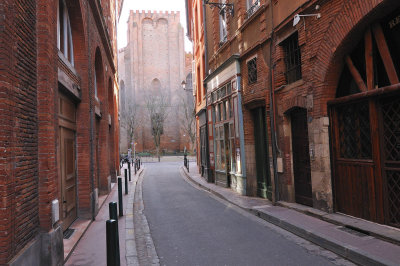
eglise de la Dalbade |

soir d'hiver sur le pont neuf |
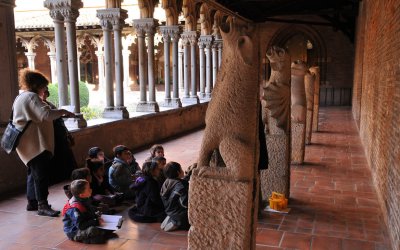
classe éveil au musée des Augustins |

musée des augustinsil s'agit de la salle des chapiteaux romans |

Les AugustinsIt is difficult to date the various stages of construction of the cloister accurately. The east gallery, on the chapter house side, was probably completed by 1341. The three south, west and north galleries were built as from 1396 by the stone mason Jean Maurin who undertook to build them in keeping with the existing east gallery. Jean Maurin in all likelihood followed in the footsteps of his uncle, Jacques Maurin, from whom he inherited most of his sites in 1380 and who is assumed to have been the author of the east gallery at the beginning of his career. Since 1793, the Augustins museum, musée des Beaux-arts de la ville de Toulouse, seated at the historical heart of the city in a remarkable convent building characteristic of the southern gothic style, has been home to collections of paintings and sculptures dating from the Middle Ages to the beginning of the 20th century. |
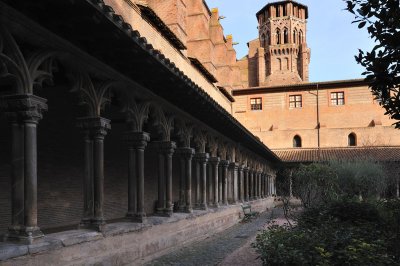
cloitre des augustinsBefore 1309, the hermits of Saint-Augustin were established extra muros in the insalubrious district of Matabiau. Then, in 1309, they obtained authorisation from the pope Clement V, to build their own conventinside the city walls. From then on the convent expanded and its influence significantly spread. In 1396, the cloister was completed.n 1341, the campanile tower was also nearly completed. As in the Jacobins church, it was designed prior to construction near the choir. The discrete decorative elements on the lower levels are identical to those on the whole of the western side of the church. |
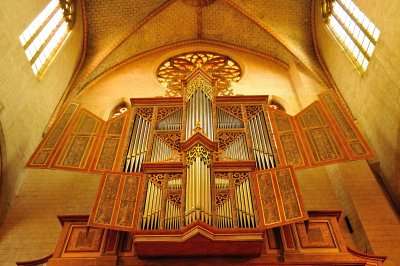
église des augustins |
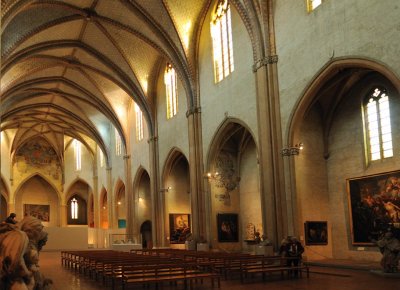
eglise des augustinsThe main core of the museum's collection of Gothic sculpture (approximately four hundred works) covers a period lasting from the end of the 13th century through to the beginning of the 14th century. The convent buildings (the chapter house, sacristy, and the Notre-Dame de Pitié chapel), which are all more or less contemporary with each other (from the 14th to the beginning of the 16th century) open onto the east gallery of the Augustins cloister. They provide a perfect and harmonious setting for these religious works that mainly originate from buildings in Toulouse |
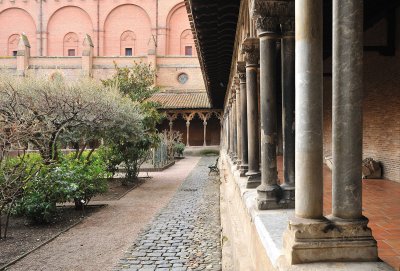
vue sur le cloitreThe east gallery, on the chapter house side, was probably completed by 1341. The three south, west and north galleries were built as from 1396 by the stone mason Jean Maurin who undertook to build them in keeping with the existing east gallery. Jean Maurin in all likelihood followed in the footsteps of his uncle, Jacques Maurin, from whom he inherited most of his sites in 1380 and who is assumed to have been the author of the east gallery at the beginning of his career. |

Polychromies restauréesThe restoration consisted of removing accumulations of colourwashes and repaints to get back to something approaching original condition: although certainly lost for ever, it has been possible to evoke it by returning to the artists’ conception. While the times, materials and colours are no more, the results obtained are nevertheless more faithful to the original works.
These two restorations are exceptional both in the length of time taken and the results achieved: preceded by a long phase of preliminary studies and analyses, they have resulted in the rediscovery of two masterpieces. |

de la Dalbade |

Aprés midi d'hiver sur le pont neuf |
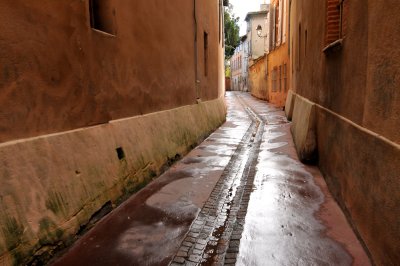
rue du vieil toulouse |
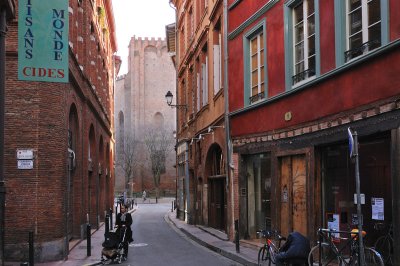
La dalbade |

hopital la grave sur la garonne |
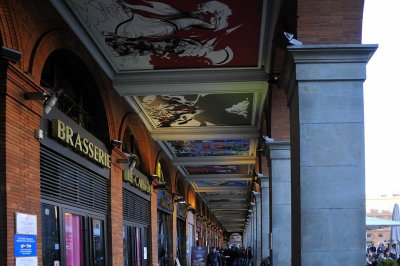
gallerie du capitole toulouseIl faut tenir à une résolution parce qu'elle est bonne, et non parce qu'on l'a prise.
[François de La Rochefoucauld |
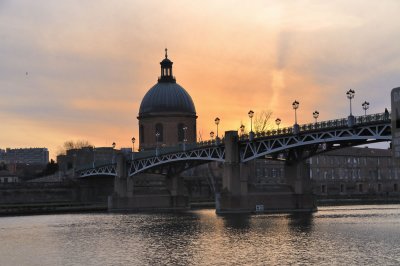
la grave hopital |

Cathedrale d'Albi Sainte cecile |











